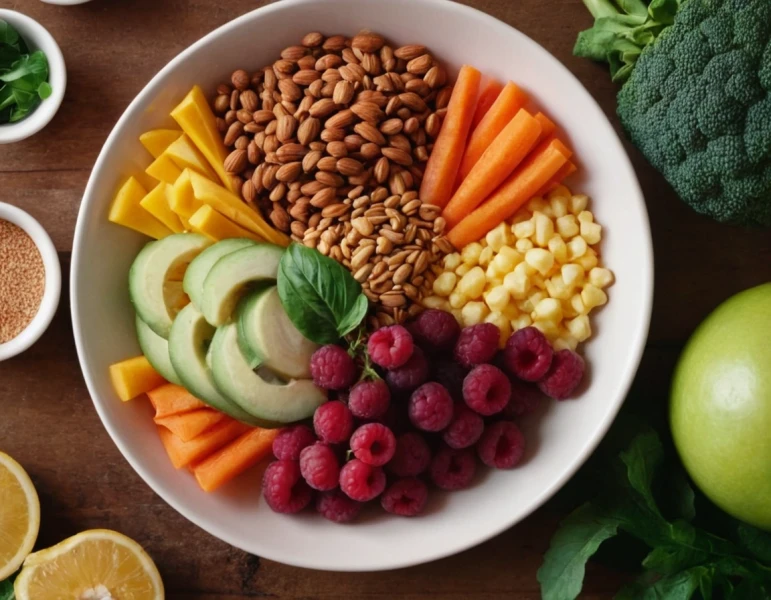Educa UNIVERSITY|HEALTH
What is the Nutritional Value?
Related Masters
What is the Nutritional Value?
Hello, I'm Amadeo Perez, and today I want to talk to you about a topic that you have surely heard mentioned when you read labels in the supermarket or hear about diets. So get comfortable, I will explain from my experience all about the nutritional value of food.
The nutritional value information refers to the nutrients a food contains and how much energy (or calories) it provides. This info appears in the famous table that we find on almost any packaging: from fruit juice to that chocolate bar we love so much. Knowing how to interpret it can make a huge difference in our daily diet and health.

Breaking down the Nutritional Value:
Let's take it one step at a time. In that magic table usually appear the following categories:
- Calories: They reflect the energy that the food gives us. Eye, this is not simply a number; it is fundamental if we want to know how much fuel we are giving the body.
- Carbohydrates: They include sugars and fiber. Carbohydrates are our quick source of energy, but sugar must be watched, especially if we are trying to reduce caloric intake.
- Fats: Saturated and trans fats appear here, which are best limited, and monounsaturated and polyunsaturated fats, which are healthier.
- Proteins: The basic building blocks for muscle growth and repair. If you are an athlete, you know they are key.
- Vitamins and Minerals: They include essentials such as iron, calcium, vitamins A, C and D. They do not provide calories, but are indispensable for our well-being.
The Importance of Knowing the Nutritional Value
Why read the label and know the nutritional value? Because it is the only way to know if that "healthy" food really is. This information helps you avoid excess sugars, saturated fats and sodium, components that in excess can cause everything from cardiovascular disease to diabetes.
It also allows us to compare products and choose the most nutritious options, controlling portions so as not to overdo it on calories. For example, a product may seem light, but upon reviewing its table, sometimes the recommended portion is much smaller than we think
How Nutritional Value Affects Our Health
I've experienced it firsthand. For years, I thought it only mattered how many calories I ate. But over time, I discovered that the type of nutrients is also key. Eating protein is different from consuming only carbohydrates or fats. Also, a diet high in saturated and trans fats can raise bad cholesterol (LDL), increasing the risk of heart problems.
On the other hand, fiber aids digestion, and minerals such as calcium and iron are vital for bone health and oxygen transport in the body. Knowing these details has allowed me to eat in a balanced way without sacrificing taste.
Tips for Interpreting Nutrition Labels
- Check the serving size: Some products seem low in calories just because the portion is so small.
- Attention to trans and saturated fats: Prefer unsaturated fats, present in healthy oils and nuts.
- Choose fiber and less sugar: High-fiber foods aid digestion and make you feel fuller.
Understanding the nutritional value of foods is not complicated, but it does require attention and practice. In the long run, choosing foods with good nutritional profile helps us stay fit and healthy.
Faculties
Trainings
The faculties embrace diverse academic disciplines and fields of study, opening doors to new perspectives and exploring different spheres of wisdom in a constantly evolving world.














